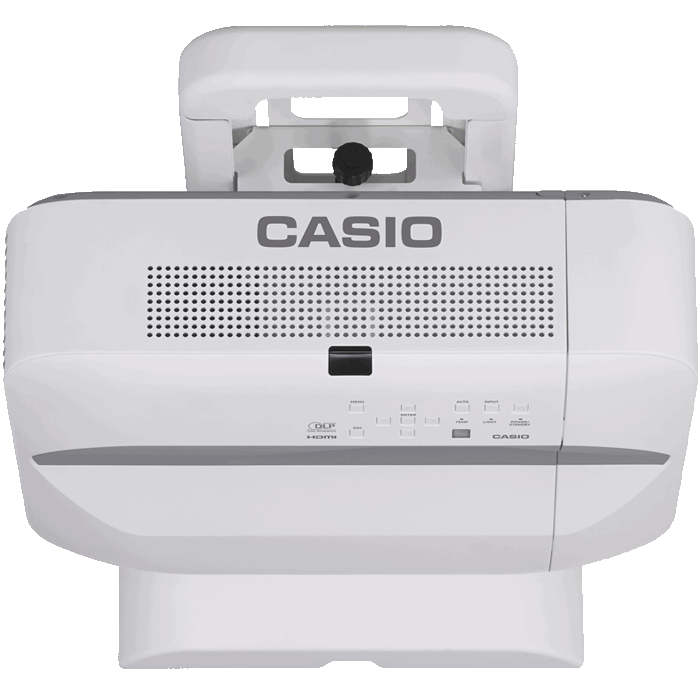When it comes to outfitting your business or school with technology, it’s easy to get led astray. Endless technological jargon can lead to confusion, and that’s especially the case in the projector market.
From aspect ratios to resolution, wireless support and lens type, there are hundreds of variations in projector design and technology which make them suitable – or not – for your needs.
As a leading supplier of projector technology to schools and businesses, we’re often asked by customers which projectors are right for rooms which don’t have space for a traditional projector?
The answer is a short throw projector. Here’s everything you need to know about them:
What is a Short Throw Projector?
A short throw projector is capable of creating a very large image from a very short distance. Unlike a traditional projector, which needs to be placed further away from the projection surface in order to generate a large image.
Short throw projectors can typically create a 100-inch image from just 4 feet away. Ultra-short throw projectors, meanwhile, can achieve the same sized image from 2 feet, with models like Epson’s EB-700U able to create a 70-inch screen from just 40cm away.
How Do Short Throw Projectors Work?
Short throw projectors make clever use of angled mirrors, pre-distorted images and extremely well-crafted lenses to cast an undistorted image up to a surface. Thanks to clever design, these projectors can be mounted either on a ceiling, projecting from above or on a table, projecting upwards, depending on the model.
What Are the Advantages of Short Throw Projectors?
The biggest and most obvious advantage of a short-throw projector is the fact that you don’t need a lot of space for them to function effectively. However, that’s not the only reason you might invest in a short throw projector. Here are a few more:
- With a short throw projector, you don’t need to worry about blocking the image when presenting or walking in front of the image.
- Because of the short distance of travel for the image, short throw projectors don’t exhibit ‘rainbow’ artefacts, which can occur in long throw projectors.
- Short throw projectors can create comparably bright images with much lower lumen outputs, owing to the shorter distance the light has to travel. This typically results in lower power draw and lower running costs.
Should You Buy a Short Throw Projector?
Whether you should invest in short throw projector technology is a matter of assessing your own needs. Does the room you’re planning on projecting in have limited space? Are you planning on presenting regularly in front of your projector? Will you be using your projector for commercial applications, like digital signage?
If you answered ‘yes’ to any of the questions above, then a short throw projector or ultra-short throw projector might well be the best option for you. Do note, however, that these projectors are often priced higher than comparable long-throw projectors.
To learn more about short throw projectors, get in touch with a member of our team today.



